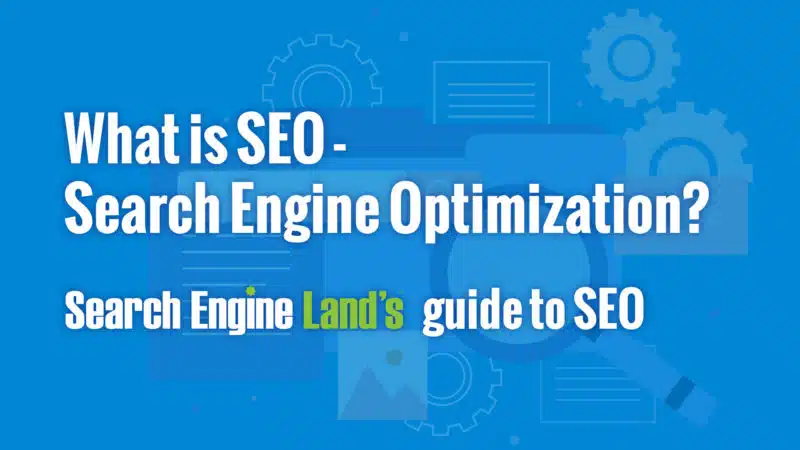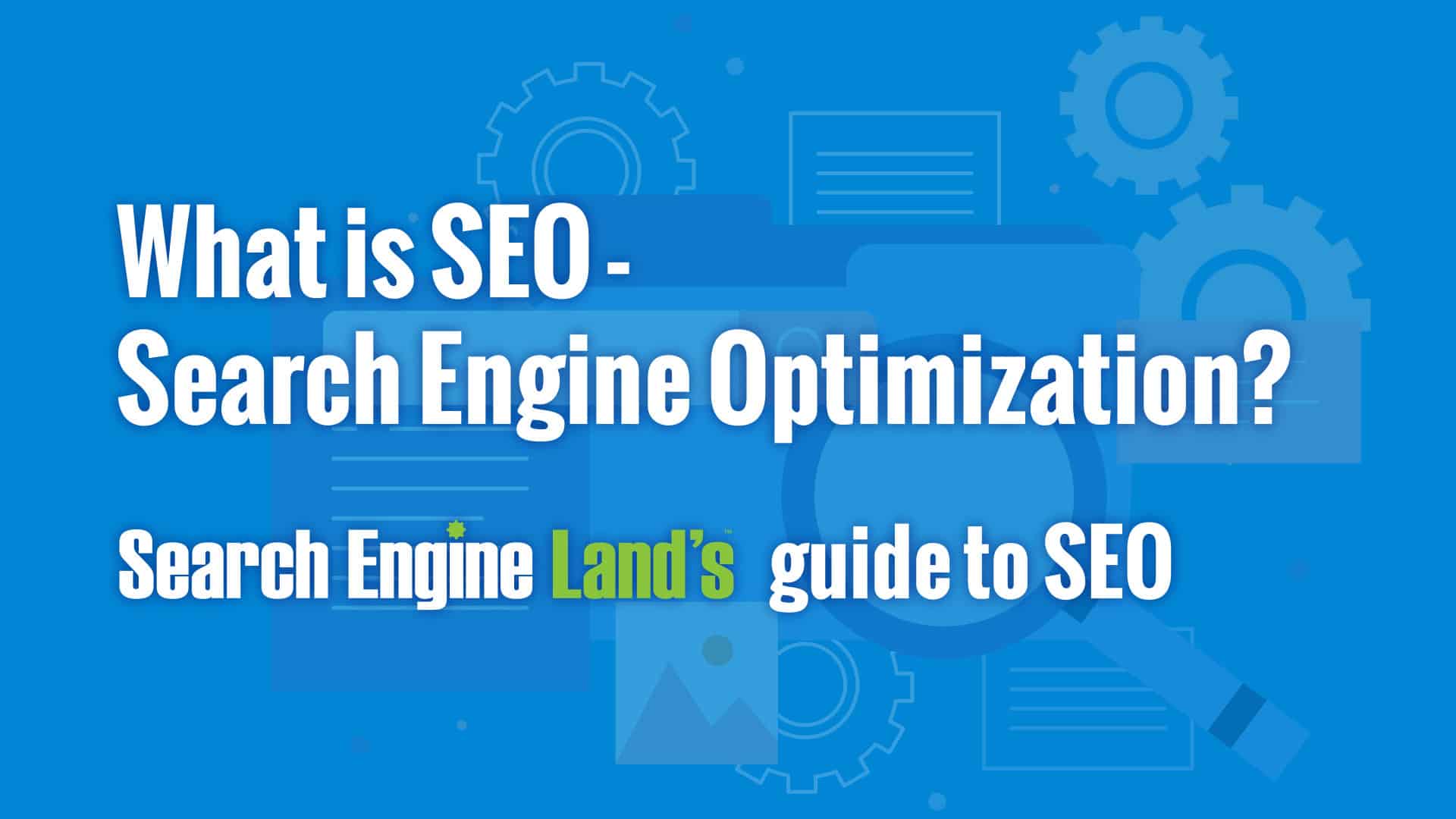Keyword research is essential in SEO for understanding target market queries. It guides content strategy and improves search visibility.
Keyword research involves identifying popular words and phrases people enter into search engines. This fundamental SEO task enables businesses to create content that resonates with their audience’s search intent, ultimately improving their website’s ranking in search engine results pages (SERPs).
By understanding the most searched terms within your niche, you can tailor your content to meet the needs of your users. It also helps in optimizing various elements of your website, from meta tags and headlines to the content of your articles, thereby driving more organic traffic. Effective keyword research is based on search volume, relevance, and competition and is the cornerstone of any successful SEO campaign.

The Essence Of Keyword Optimization
The digital space buzzes with countless websites vying for attention. The essence of keyword optimization cannot be overstated in this competitive landscape. It acts as the guiding star for drawing potential visitors. Through strategic placement and choice of keywords, content can truly resonate with the intended audience.
H3 Heading: What is Keyword Optimization?What Is Keyword Optimization?
Keyword optimization involves researching, analyzing, and selecting the best keywords. These keywords should align with your content goals. It involves placing these terms strategically in content. They help search engines and users understand what your page is about.
Effective keyword optimization aids in:
- Boosting page rankings in search engine results
- Improving website traffic
- Increasing user engagement
Why Keywords Matter In Seo
Keywords are the foundation of SEO. Search engines use them to match queries with relevant content. They signal what topics your site covers and to whom it’s most useful.
| Aspect | Impact of Keywords |
|---|---|
| User Experience | Makes content discoverable and relevant |
| Search Visibility | Helps in ranking higher for targeted queries |
| Conversion | Drives targeted traffic likely to convert |
By tailoring content to include specific keywords, a site can draw the right audience. It’s critical to understand user intent. This ensures the content satisfies their needs.
Starting With Solid Keyword Research
Solid keyword research is the first step toward SEO success. It sets the foundation for your strategy and helps you understand what your audience is searching for. A strong research process ensures that you target the right keywords to rank higher and attract more relevant traffic to your website.
Tools For Effective Keyword Research
Selecting the right tools is crucial in uncovering keywords that matter. Different tools offer varying features and insights. Use a combination to get comprehensive data.
- Google Keyword Planner: Great for finding search volume and competition.
- SEMrush: Offers insights into competitors’ keyword strategies.
- Ahrefs: Helps to find keyword opportunities and backlink profiles.
- Ubersuggest: Provides keyword suggestions and SERP analysis.
Understanding User Intent
Knowing why people search is as important as knowing what they search for. Align your content with user intent:
| Intent Type | Characteristics | Keyword Examples |
|---|---|---|
| Informational | Users looking for information | “How to bake a cake” |
| Navigational | Searching for a specific website | “Facebook login” |
| Transactional | Intent to make a purchase | “Buy Nike shoes online” |
| Commercial Investigation | Comparing products before purchase | “Best smartphones 2023” |
Analyzing Keyword Difficulty
Assess how hard it will be to rank for your keywords. High difficulty means more effort but potentially greater rewards.
- Check the competition: Are big brands dominating the top positions?
- Consider search volume: A balance between volume and competition is key.
- Evaluate content quality: Can you create better content than what’s ranking?
Crafting Content Around Keywords
Keywords serve as the foundation for your content, guiding readers to your site. Like a compass pointing towards treasure, keywords lead users to the value your content offers. Crafting content around keywords means striking the right balance between using these golden terms effectively and creating informative, engaging content. Now, let’s dive into how to weave keywords seamlessly into your content.
Start Building Your 10x Fast Website Today!!
Balancing Keyword Density
Keywords must blend naturally within your content. Imagine them as a spice. Too little, and your meal lacks flavor. Too much, and the meal becomes unpalatable. Aim for a keyword density that enhances your content’s taste without overpowering it.
- Check density: Keep it between 1-2% for optimal balance.
- Use variations: Synonyms help keep content fresh and engaging.
- Audit your work: Use SEO tools to analyze keyword saturation.
The Role of Long-Tail Keywords
The Role Of Long-tail Keywords
Long-tail keywords are the secret ingredients for a successful content recipe. They are specific phrases that users search for, often indicating a higher intent to engage or convert. Imagine targeting a phrase like “organic cotton children’s nightwear.” This is more precise than just “nightwear,” drawing in a more focused audience.
- Target niche demographics.
- Faceless competition on search engines.
- Align closely with user intent.
- Improve chances of conversion.

Technical Aspects Of Keyword Optimization
Keyword optimization is crucial for SEO success. It helps search engines understand what your content is about. This process involves the strategic use of keywords throughout your website’s technical elements. These elements improve visibility in search engine results. Let’s explore key techniques to optimize your site’s technical aspects.
Optimizing Title Tags And Meta Descriptions
Title tags and meta descriptions tell readers and search engines about page content. They show up in search results. To optimize them:
- Keep title tags under 60 characters: Ensure your main keyword is near the start of the title tag.
- Meta descriptions should be compelling and under 160 characters: Include your target keyword here too.
| Element | Length | Position of Keyword |
|---|---|---|
| Title Tag | 50-60 characters | At the start |
| Meta Description | 150-160 characters | Included |
Using Keywords In Headers And Subheaders
Headers split your content into sections. They help readers and search engines understand your page’s structure. Keywords in headers increase relevance.
- Place your main keyword in at least one subheading, such as an
- Use related keywords in other subheadings for context.
Examples:
- Main Keyword: Organic Dog Food
Related Keyword: Grain-Free Options
Remember to maintain a natural flow in your content. Never stuff keywords into headers. Always target readability first.
Start Building Your 10x Fast Website Today!!
Keywords In On-page SEO Elements
Keywords are the heartbeat of on-page SEO. They help search engines understand what your content is about. Integrating keywords into specific elements on a webpage boosts relevancy and improves rankings on search engines. Let’s explore how keyword optimization in URL structure, and image alt text and captions can significantly enhance SEO.
Url Structure
Simple and clean URLs with keywords can improve user experience and SEO. Keep URLs short, relevant, and keyword-rich.
- Use hyphens to separate words in URLs.
- Include primary keywords near the beginning of the URL.
- Avoid numbers and special characters in URLs.
- Follow a consistent structure across your website for all URLs.
Image Alt Text And Captions
Images with alt text contribute to SEO. The alt text describes images to search engines and improves web accessibility.
| Element | Best Practices |
|---|---|
| Alt Text | Concise and descriptive, including the keyword if relevant. |
| Captions | Useful for engagement, may include keywords for additional context. |
Remember, overstuffing keywords can hurt your SEO. Always aim for natural-sounding language in alt text. Caption keywords only when they add value to the image description.
Leveraging Keywords In Content Marketing
Leveraging keywords in content marketing transforms ordinary text into powerful beacons. These beacons guide potential customers to your digital doorstep. Master this skill, and watch your online presence flourish.
Blog Posts And Articles
Great blog posts and articles start with targeted keywords. These words or phrases capture your audience’s attention. They are the path that leads a searcher to your content.
- Choose keywords wisely. Pick terms your audience searches for.
- Place them strategically. Your title, headings, and first paragraph are key spots.
- Balance is essential. Overuse can harm readability. Aim for a natural flow.
For SEO optimization, match your keywords with user intent. Offer clear, valuable answers. This approach ensures that your posts rank high and reach the right readers.
Keyword Integration In Videos And Podcasts
Keywords aren’t just for text. Include them in your video titles and descriptions. It helps people find your visual content. Similarly, weave keywords into your podcast topics and summaries.
| Content-Type | Keyword Placement | Benefit |
|---|---|---|
| Videos | Title, Description, Video Tags | Increases visibility on video platforms. |
| Podcasts | Episode Titles, Descriptions | Boosts discoverability in podcast directories. |
For both mediums, focus on clear articulation of keywords. Use strong, descriptive language that resonates. Remember, audio content relies on voice for keyword emphasis.
Avoiding Over-optimization Pitfalls
Smart keyword use boosts your site’s search rank. Too much, and you’ll tumble instead. Let’s navigate the thin line that can make or break SEO success.
Keyword Stuffing And Its Consequences
Keyword stuffing means cramming many keywords into your content. It looks unnatural and hurts readability. Search engines like Google spot this quickly. They can penalize your site, drop your rank or even remove pages from search results.
- Use keywords where they make sense.
- Focus on a natural flow in writing.
- Balance keywords with useful information.
Remember, content is for people first, search engines second. Aiming for a user-friendly experience ensures you stay on the right side of SEO.
Start Building Your 10x Fast Website Today!!
Staying Updated With Algorithm Changes
Search engines update their algorithms often. What works today might not tomorrow. Keeping track of these changes is crucial.
- Follow SEO news and updates.
- Adjust your strategies with each update.
- Test your website’s SEO performance regularly.
Google’s Webmaster Guidelines offer a reliable resource. Stay informed and your site will thrive.
Tracking Keyword Performance
Knowing if your keywords work well is key to SEO success. It helps you see what’s winning. Smart tracking lets you tweak your efforts. It’s like a game where the score tells you how to get better.
Utilizing Analytics Tools
Powerful tools unveil keyword impact. They show traffic, ranking, and more. Google Analytics is one popular pick. It’s free and deep in data. Let’s dive into how it aids in tracking:
- Check page visits: More visits can mean better keyword choice.
- Monitor duration: Long stays suggest content matches keyword promises.
- Analyze bounce rates: Low rates mean users find your page useful.
Other tools like SEMrush or Ahrefs also provide rich insights. They can track keywords across different search engines and locations.
Adjusting Strategy Based On Metrics
Metrics light the way to improve. See what works and what doesn’t. Shift your strategy smartly. Make decisions based on clear metrics. Here’s how you can adjust:
| Metric | Action |
|---|---|
| High Traffic | Keep keywords. Create related content. |
| Low Traffic | Reevaluate keywords. Seek better ones. |
| Good Conversions | Fine-tune pages for more conversions. |
| Poor Conversions | Change CTA. Check user intent match. |
Test different tactics. Maybe a blog post works better than a video. Or a change in content structure boosts SEO. Keep learning from your analytics to lead the game.
Advanced Keyword Tactics
Unlocking the full potential of your SEO strategy means going beyond basic keyword optimization. Advanced tactics help you outmanoeuvre the competition and tailor your content for specific audiences. Dive into competitor analysis and zone in on local markets with geo-targeted keywords. With these methods, your content can rise to the top of search engine results.
Competitor Keyword Analysis
Keeping an eye on your rivals uncovers opportunities. Here’s how to do it:
- Identify competitors: List who’s dominating your search queries.
- Analyze their content: Look at the keywords they’re targeting.
- Tools are key: Use SEO tools to discover their keyword strategy.
- Find gaps: Spot where you can provide better content.
Apply these insights to enhance your keyword portfolio and get ahead.
Local SEO and Geo-targeted Keywords
Localization sharpens your SEO edge. Take these steps:
| Action | Benefit |
|---|---|
| Include city or region names | Attracts a local audience |
| Use local slang or terms | Resonates with the community |
| Optimize for “near me” searches | Appears in proximity-based searches |
Geo-targeted keywords connect you with those who are ready to engage locally.
Future-proofing Your Keyword Strategy
The digital landscape is ever-evolving. Brands and content creators need flexible strategies to stay ahead. Keyword strategy is no exception. Adapting to technological advancements and changing user behaviour is crucial. Let’s explore key elements for an adaptable keyword strategy.
Emerging Trends In Search
Search trends shape the SEO world. User experience guides these trends. AI and machine learning are reshaping search algorithms. User intent grows more important each day. Here are vital areas to watch:
- User Experience (UX): Sites that please visitors rank better.
- Visual Search: Images are becoming searchable through technology.
- E-A-T: Expertise, Authority, and Trustworthiness drive rankings up.
Voice Search And Semantic Search Considerations
Voice search changes how people find information. They speak naturally. They ask full questions. Your keyword strategy must adapt. Focus on long-tail keywords and semantic search.
Semantic search tries to understand user intent. It uses context. It does not rely only on exact match phrases. Consider these points:
- Conversational Phrases: Include in your content for voice search optimization.
- Question Keywords: People ask questions. Use these in your headings and content.
- Contextual Information: Add information that supports keywords. It helps semantic understanding.

Frequently Asked Questions For Keywords
What Is A Keyword In Seo?
A keyword in SEO refers to words or phrases that describe content. They are used by search engines to match user queries, helping to drive relevant traffic to websites.
How Do Keywords Affect Search Ranking?
Keywords impact search rankings by signalling search engines about a web page’s relevance. The strategic use of keywords can improve visibility and rank higher in search results.
Can Keywords Improve Website Traffic?
Yes, effectively-researched and targeted keywords can draw more qualified visitors to a website. This boosts the likelihood of converting visitors into customers.
What Are Long-Tail Keywords?
Long-tail keywords are longer, more specific keyword phrases. They often have lower search volumes but can attract more targeted traffic and higher conversion rates.
Conclusion
Embracing the power of keywords is essential for online success. By strategically implementing them, visibility on search engines soars, drawing in more traffic. Remember, balance is key; overuse can harm more than help. Keep content relevant and engaging to ensure the best outcomes.
Master keywords, master digital presence.


